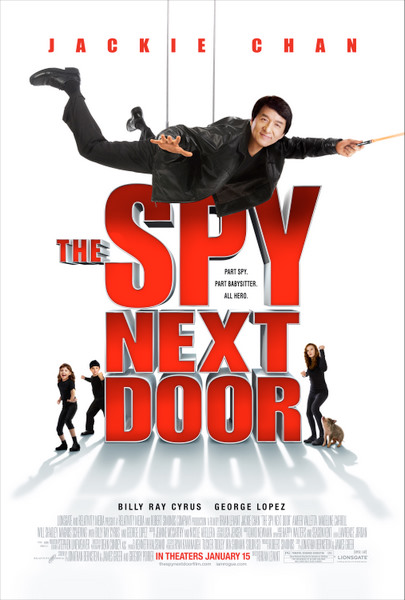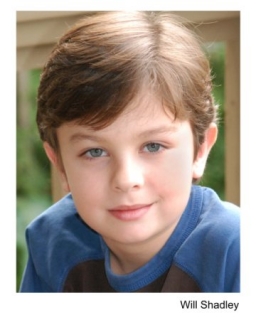Ellen Besen has written a worthwhile article about how to use the avalanche of holiday season advertising to give children some important lessons in media literacy and critical thinking. Many thanks to Ms. Besen for permission to reprint it here.
Sugar Plums, Candy Canes and a Little Media Literacy
Ellen Besen
Uh oh, it’s that time of year again! The glut of holiday movies and TV programs and the ad campaigns in overdrive mean that the holiday season is again upon us. And inevitably, the TV ads feature cute characters, catchy music and toys, toys, toys! Yes, let the whining, begging and wheedling begin because it is that time when the full force of media is suddenly directed at one vulnerable audience: children…our children. Or at least that’s how it feels. So with all the expectations that holiday media creates, is it really any wonder that our kids sometimes go off the rails?
Of course, every family finds its own ways to counterbalance the pressure, whether by limiting the hours of TV watching or opting for a secret Santa. But there is another approach that might help solve this at a deeper level, and it begins with increasing your children’s level of media literacy.
“Media what?” you ask. Media literacy, a skill that involves developing an awareness of the subtle and not-so-subtle messages in TV, print, movies and even video games. This awareness includes understanding both what those messages are and how they are being communicated. Sounds good, but do our children really need it?
I would say yes. After all, the average American child is glued to the TV for two to three hours a day, according to the American Association of Pediatrics. Just think, then, how much information and misinformation our children are unquestioningly drinking in.
Part of the problem, here, lies in the fact that anything that appears on TV already seems important. Television automatically lends an air of authority to its content–a powerful built-in trait, which even adults fall prey to. In addition, few young viewers can fully differentiate between fiction and reality within media content. So if the children in the ad look like they are having fun with that new toy, they must really be having fun. Not just any fun, either, but the most fun ever. And then naturally, your child wants to be having that kind of fun too.
Swamped by all this distorted information, children without media training easily get swept up by the belief that they are missing out on something; that they really can’t live without the latest toy. And all of this creates pressure that gets relayed directly onto you, the besieged parent. Give your children some insight into the true nature of media, however, and you just might be rewarded by a refreshing change of attitude that may last well beyond the holidays.
With media literacy training, children are shown how to pull back from media’s spell and consider whether the information being presented is really true; to think about if they agree with the message; to stop regarding the media as an absolute authority and to seek out other points of view–maybe even yours.
So rather than falling into the usual behavior, your media-literate children would be able to ask themselves whether that toy really would be hours of fun or merely a few minutes and therefore whether they really want it or not. Even if they decide they do want the toy, they’d still have a better perspective on how important owning it actually is. Altogether this creates the potential for a much calmer holiday scenario. And who wouldn’t prefer that?
Media Literacy Training 101
To increase your kids’ ML quotient, try making them aware of key ways that media spins information. TV ads aimed at children are, in fact, an excellent place to start. If the ad seems very exciting, for example, see if you can help your kids identify why. Fast camera moves and quick cutting from one shot to another are two factors that create excitement.
Fast-paced music and an ultra-cheery narrator might also be having a big impact here. Try turning the sound off when the ad comes on and see how this affects the perception of excitement. This one might come as a real surprise because sound plays a much bigger role in creating mood that most of us realize.
Also, consider the toy itself. Does the size seem accurate or are they making it seem bigger, perhaps by placing it next to something extra tiny? Discuss the reality of the special features being offered–what might they be like in real life? Connecting this discussion to your children’s own experiences, both positive and negative, with the gap that often exists between expectations built up by advertising and reality can really bring these key points home.
Of course, you can also point out that the happy children in the ad are actors who are being told to look like they are having fun. If you watch carefully you may even find that the shots of happy faces are quite separate from the shots of the toys. There may or may not have been any actual playing with the toy involved in the making of the ad. And even if there were, by the fifth or sixth take, chances are the actors were pretty tired of the whole thing.
Smart Consumers, Not Cynics
If it seems like this will take away some of the fun of the holidays, be careful not to overdo it. The purpose, after all, is not to turn your kids into cynics but simply to prevent them from being sitting ducks.
And why take this on at a time of year when you are already overloaded, anyway? For one thing, at this time of year, you have your children’s full attention. There is something at stake here that has real meaning for them and that puts the odds in your favor. It also helps that holiday ads are particularly vivid in their use of the techniques discussed above and that makes them easier to spot. It’s true that the undertaking may make this holiday season a bit more challenging, but it also may ease holiday tension for years to come.
And keep in mind that while you may be able to control what media your young and even your older children are exposed to, eventually your kids will have to go out into an ever more media-saturated world. ML tools will give them an enviable edge in the greater world–one that will likely serve them well throughout their lives. Talk about a gift that keeps on giving!




